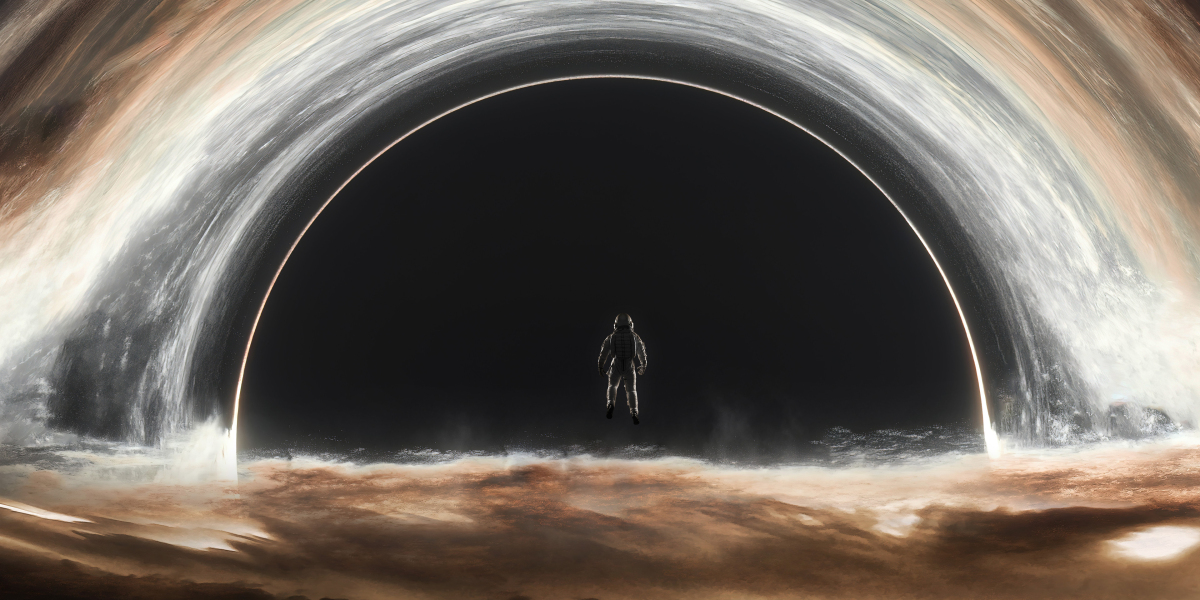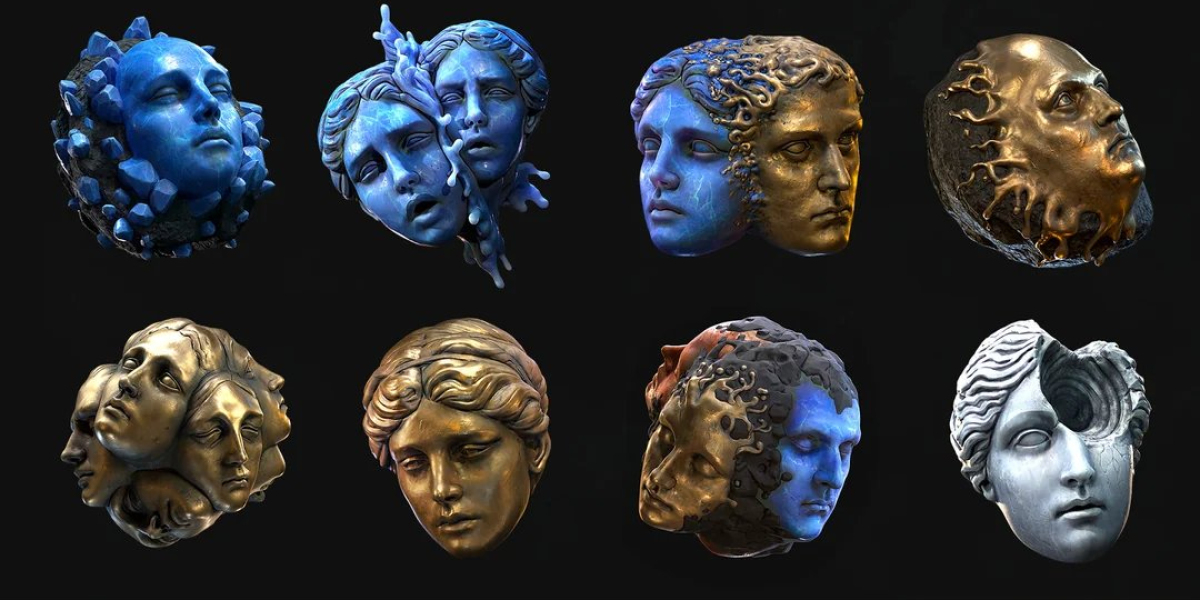Unlocking the Magic of FDM 3D Printing: Discover How It Transforms Ideas into Reality!
FDM 3D printing, or Fused Deposition Modeling, has emerged as a groundbreaking technology that reshapes the way we conceive and produce objects. In today's fast-paced technological landscape, this innovative printing method plays a crucial role across diverse sectors, from prototyping and manufacturing to education and healthcare. Imagine being able to turn a digital design into a physical object right in your home or workplace! This article will delve into the principles and processes of FDM 3D printing, exploring how it works, the materials involved, and the myriad applications that highlight its transformative potential.

Understanding FDM 3D Printing
At its core, FDM 3D printing is a process that creates three-dimensional objects by sequentially layering melted thermoplastic material. The technology relies on a 3D printer equipped with a heated nozzle that extrudes the material, typically in filament form. The printer follows a predetermined path based on a digital model, depositing the material layer by layer until the object is fully formed. Key components of an FDM printer include the extruder, the build platform, and the control software that interprets the design file. Popular materials used in FDM printing include PLA (Polylactic Acid), ABS (Acrylonitrile Butadiene Styrene), and PETG (Polyethylene Terephthalate Glycol). Each material has its unique properties, making it suitable for different applications—PLA, for instance, is biodegradable and easy to print, while ABS offers greater strength and durability.
The FDM 3D Printing Process
The FDM printing process is both fascinating and methodical. It begins with a design created using Computer-Aided Design (CAD) software. Once the design is complete, it is converted into a format that the 3D printer can understand, usually through a process called slicing. Slicing software divides the model into thin horizontal layers and generates a path for the printer's nozzle to follow. After slicing, the printer begins the actual printing phase. It heats the thermoplastic filament until it melts, then extrudes it onto the build platform. This layering process continues, with each new layer bonding to the one below it, until the object is complete. The final step involves cooling and possibly post-processing, such as sanding or painting, to achieve the desired finish.
Applications of FDM 3D Printing
The versatility of FDM 3D printing has led to its adoption across a wide range of industries. In healthcare, for instance, it is used to create custom prosthetics and anatomical models for surgery planning, allowing for personalized patient care. The aerospace industry leverages FDM technology to produce lightweight components that enhance fuel efficiency. In automotive design, companies are using FDM printing for rapid prototyping, enabling them to iterate designs quickly and bring products to market faster. Furthermore, educational institutions are increasingly integrating FDM 3D printing into their curriculums, empowering students to turn their theoretical knowledge into tangible projects. The creativity and innovation sparked by FDM 3D printing are reshaping how we approach design and engineering.
Benefits and Limitations of FDM 3D Printing
FDM 3D printing boasts several significant advantages, the most notable being its cost-effectiveness and accessibility. The materials used are generally affordable, and the printers themselves are becoming more accessible to hobbyists and professionals alike. This democratization of technology encourages experimentation and innovation. However, FDM printing does have its limitations. The mechanical properties of printed objects can vary based on the material and the printing parameters, which may not always meet the standards required for high-stress applications. Additionally, the speed of production can be slower compared to other methods, such as SLA (Stereolithography) or SLS (Selective Laser Sintering), especially for larger prints. Understanding these benefits and limitations is crucial for anyone considering FDM 3D printing for their projects.
Transformative Potential of FDM 3D Printing
In summary, FDM 3D printing represents a powerful blend of creativity and technology, enabling us to transform abstract ideas into tangible products. From its fundamental principles and intricate processes to its diverse applications and inherent benefits and limitations, FDM 3D printing is paving the way for innovation across various fields. As this technology continues to evolve, it invites anyone, from hobbyists to industry professionals, to explore its potential in their lives and work. The future of FDM 3D printing is bright, and the possibilities are truly limitless.







